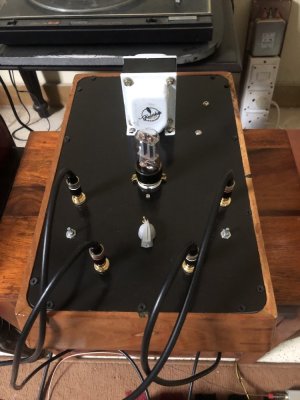good point on the article !
Although again, most tube amps may not have anything of the above ie they are inside a box and there is no light and warmth seenMine dont and you would know there is a tube only from the sound.
Some tubes just refuse to glow at all but there is still magic in the sound.
Music listening is all about emotions be it from tubes or SS. SS amps do bring out loads of emotions too.
However things get interesting when you just swap between an SS and a tube amp keeping everything else exactly same.
Been doing that lately with some fine SS amps vs tube builds…. Quite revelation it is.


